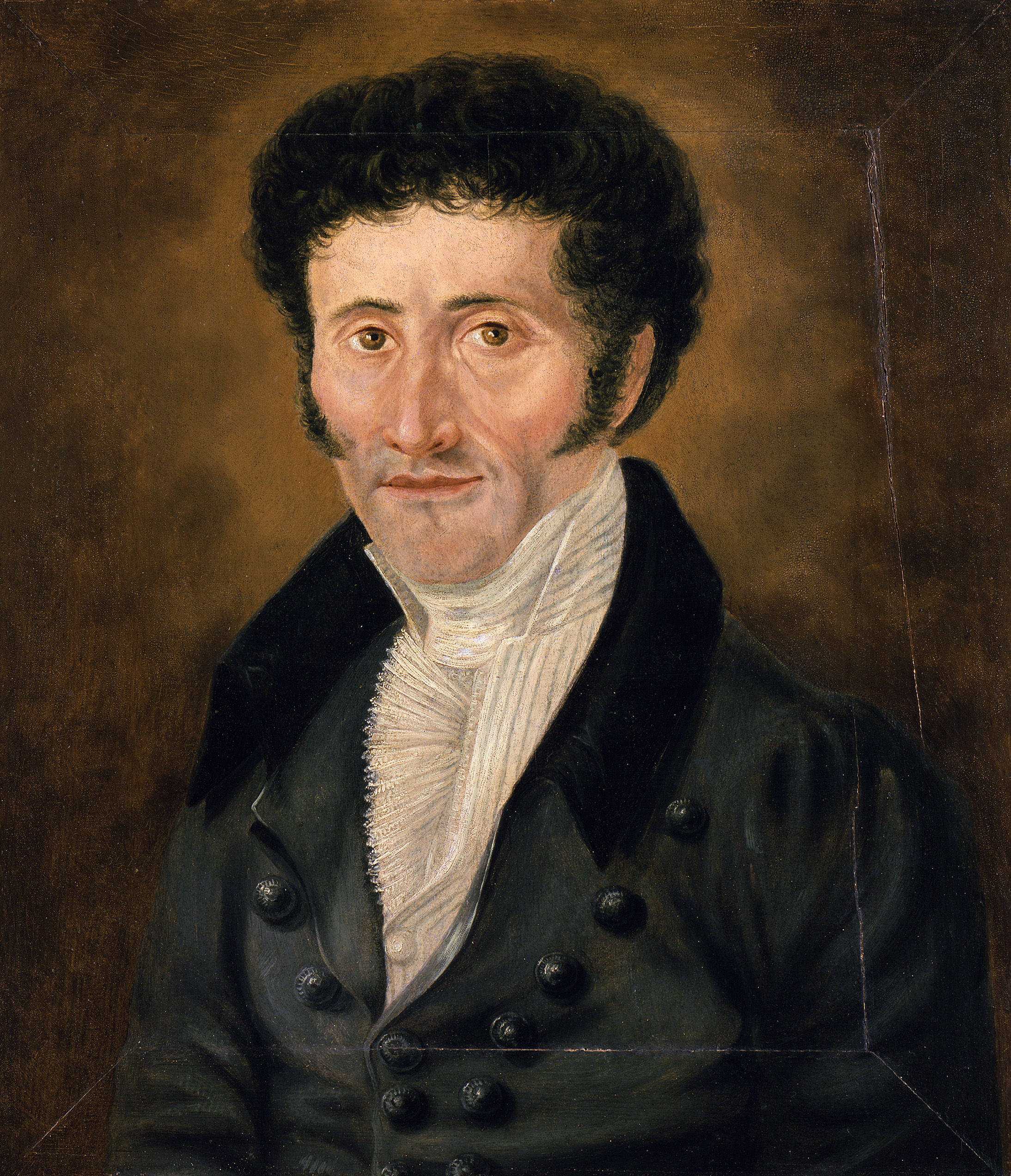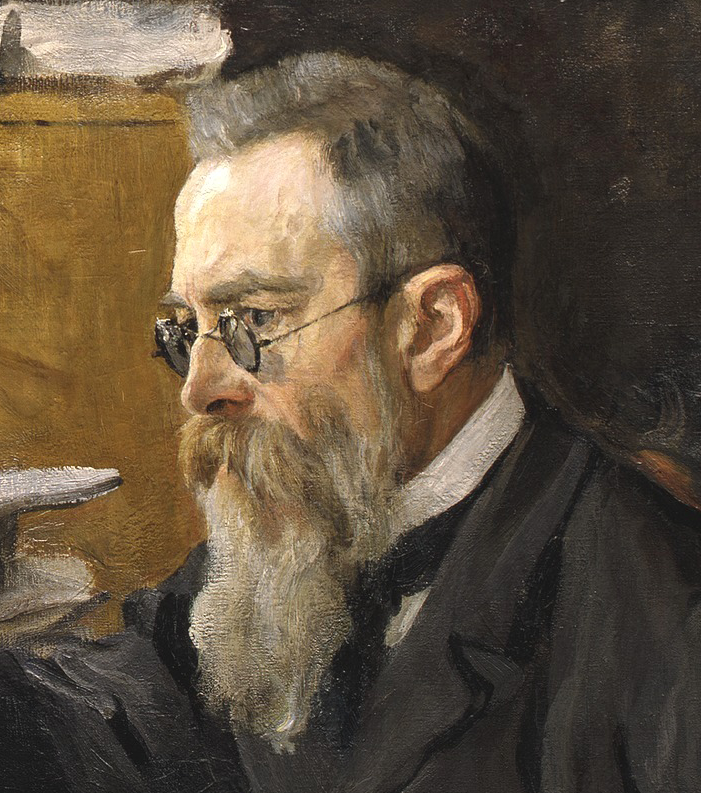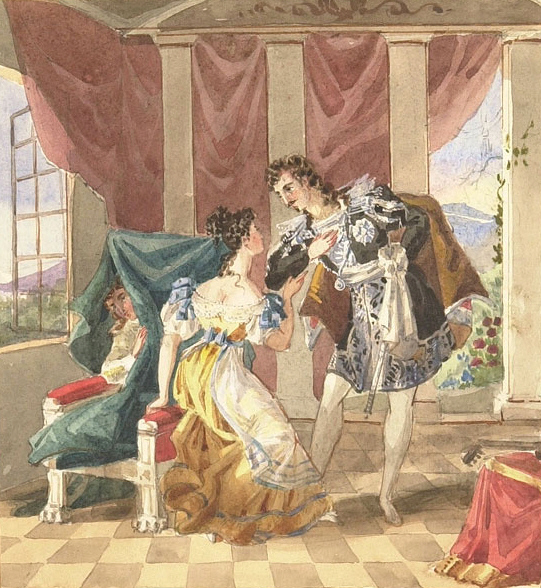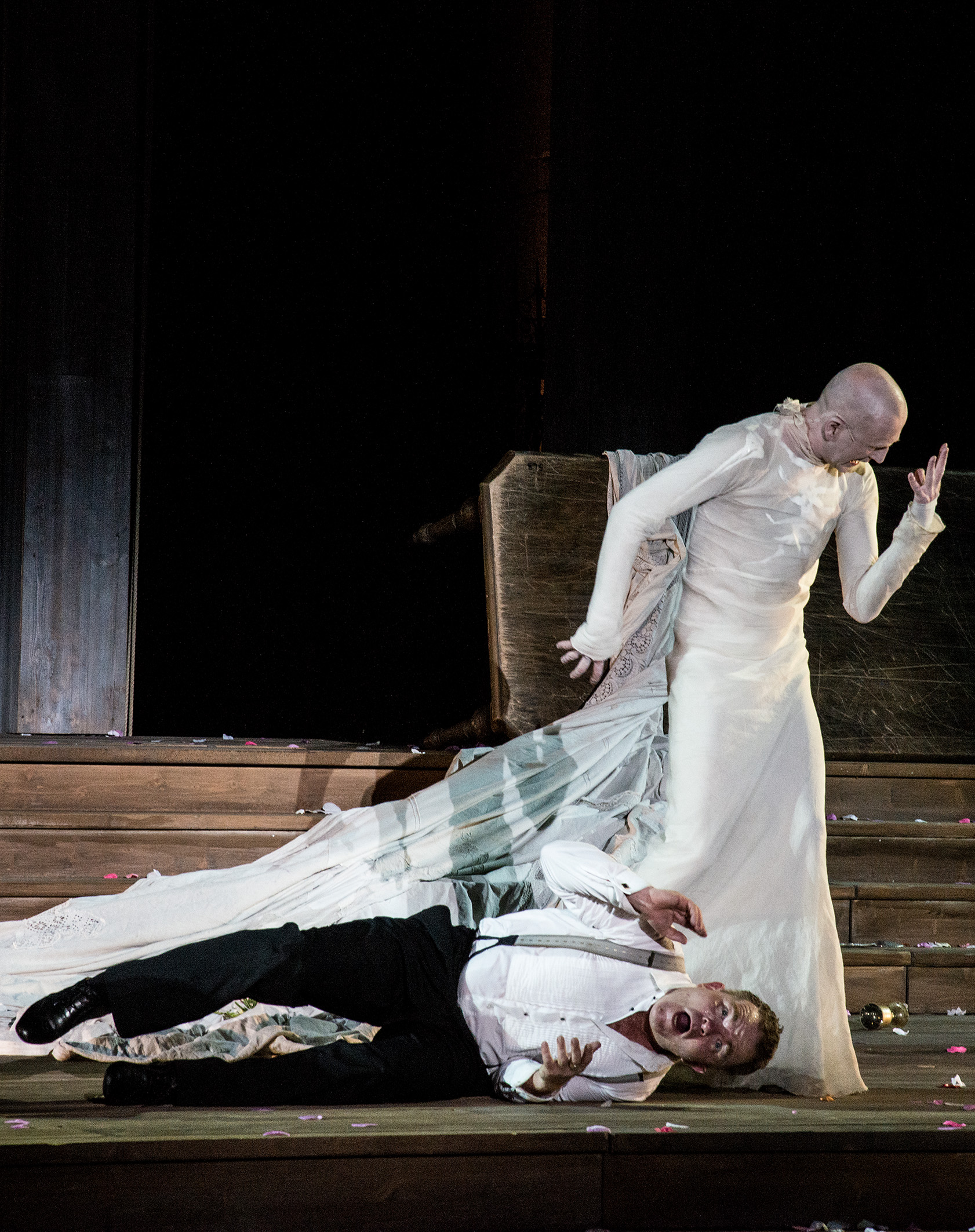|
Rita Streich
Rita Streich (18 December 192020 March 1987) was one of the most admired and recorded lyric coloratura sopranos of the post-war period. Biography Rita Streich was born in Barnaul, southern Siberia, in the Russian Soviet Federative Socialist Republic (RSFSR), to a German father who had been a prisoner of war there, and a Russian mother. She moved to Germany with her parents during her childhood. She grew up speaking both German and Russian fluently, something that was extremely helpful during her later career. Among her teachers were Willi Domgraf-Fassbaender, Erna Berger and Maria Ivogün. She made her debut in opera during the Second World War at the Stadttheater of Aussig, now Ústí nad Labem in Bohemia, in the role of Zerbinetta in Richard Strauss' opera ''Ariadne auf Naxos'', in 1943. Three years later she secured her first engagement at the Staatsoper Unter den Linden in Berlin, where she sang until 1952. In that year she moved to Bayreuth, in 1953 to Vienna, and in 1954 ... [...More Info...] [...Related Items...] OR: [Wikipedia] [Google] [Baidu] |
The Tales Of Hoffmann
''The Tales of Hoffmann'' (French: ) is an by Jacques Offenbach. The French libretto was written by Jules Barbier, based on three short stories by E. T. A. Hoffmann, who is the protagonist of the story. It was Offenbach's final work; he died in October 1880, four months before the premiere. Composition history and sources Offenbach saw a play, , written by Barbier and Michel Carré and produced at the Odéon Theatre in Paris in 1851. After returning from America in 1876, Offenbach learned that Barbier had adapted the play, which had now set to music at the Opéra. Salomon handed the project to Offenbach. Work proceeded slowly, interrupted by the composition of profitable lighter works. Offenbach had a premonition, like Antonia, the heroine of Act 2, that he would die prior to its completion. Offenbach continued working on the opera throughout 1880, attending some rehearsals. On 5 October 1880, he died with the manuscript in his hand, just four months before the opening. ... [...More Info...] [...Related Items...] OR: [Wikipedia] [Google] [Baidu] |
Royal Opera House
The Royal Opera House (ROH) is an opera house and major performing arts venue in Covent Garden, central London. The large building is often referred to as simply Covent Garden, after a previous use of the site. It is the home of The Royal Opera, The Royal Ballet, and the Orchestra of the Royal Opera House. The first theatre on the site, the Theatre Royal (1732), served primarily as a playhouse for the first hundred years of its history. In 1734, the first ballet was presented. A year later, the first season of operas, by George Frideric Handel, began. Many of his operas and oratorios were specifically written for Covent Garden and had their premieres there. The current building is the third theatre on the site, following disastrous fires in 1808 and 1856 to previous buildings. The façade, foyer, and auditorium date from 1858, but almost every other element of the present complex dates from an extensive reconstruction in the 1990s. The main auditorium seats 2,256 people ... [...More Info...] [...Related Items...] OR: [Wikipedia] [Google] [Baidu] |
Nikolai Rimsky-Korsakov
Nikolai Andreyevich Rimsky-Korsakov . At the time, his name was spelled Николай Андреевичъ Римскій-Корсаковъ. la, Nicolaus Andreae filius Rimskij-Korsakov. The composer romanized his name as ''Nicolas Rimsky-Korsakow''.The BGN/PCGN transliteration of Russian is used for his name here. ALA-LC system: Nikolaĭ Andrevich Rimskiĭ-Korsakov, ISO 9 system: Nikolaj Andreevič Rimskij-Korsakov. (18 March 1844 – 21 June 1908) was a Russian composer, a member of the group of composers known as The Five. He was a master of orchestration. His best-known orchestral compositions—'' Capriccio Espagnol'', the '' Russian Easter Festival Overture'', and the symphonic suite '' Scheherazade''—are staples of the classical music repertoire, along with suites and excerpts from some of his 15 operas. ''Scheherazade'' is an example of his frequent use of fairy-tale and folk subjects. Rimsky-Korsakov believed in developing a nationalistic style of classi ... [...More Info...] [...Related Items...] OR: [Wikipedia] [Google] [Baidu] |
Siegfried (opera)
''Siegfried'' (), WWV 86C, is the third of the four music dramas that constitute '' Der Ring des Nibelungen'' (''The Ring of the Nibelung''), by Richard Wagner. It premiered at the Bayreuth Festspielhaus on 16 August 1876, as part of the first complete performance of ''The Ring'' cycle. Background and context The libretto of ''Siegfried'' was drafted by Wagner in November–December 1852, based on an earlier version he had prepared in May–June 1851 and originally entitled ''Jung-Siegfried'' (''Young Siegfried''), later changed to ''Der junge Siegfried''. The musical composition was commenced in 1856, but not finally completed until 1871.Millington, (n.d.) The libretto arose from Wagner's gradual reconception of the project he had initiated with his libretto ''Siegfrieds Tod'' (''Siegfried's Death'') which was eventually to be incarnated as ''Götterdämmerung'', the final section of the Ring cycle. Having grappled with his text for ''Siegfrieds Tod'', and indeed having und ... [...More Info...] [...Related Items...] OR: [Wikipedia] [Google] [Baidu] |
Der Rosenkavalier
(''The Knight of the Rose'' or ''The Rose-Bearer''), Op. 59, is a comic opera in three acts by Richard Strauss to an original German libretto by Hugo von Hofmannsthal. It is loosely adapted from the novel ''Les amours du chevalier de Faublas'' by Louvet de Couvrai and Molière's comedy ''Monsieur de Pourceaugnac''. It was first performed at the Königliches Opernhaus in Dresden on 26 January 1911 under the direction of Max Reinhardt, Ernst von Schuch conducting. Until the premiere, the working title was ''Ochs auf Lerchenau''. (The choice of the name Ochs is not accidental, for in German "Ochs" means "ox", which describes the character of the Baron throughout the opera.) The opera has four main characters: the aristocratic Marschallin; her very young lover, Count Octavian Rofrano; her brutish cousin Baron Ochs; and Ochs' prospective fiancée, Sophie von Faninal, the daughter of a rich bourgeois. At the Marschallin's suggestion, Octavian acts as Ochs' ''Rosenkavalier'' by prese ... [...More Info...] [...Related Items...] OR: [Wikipedia] [Google] [Baidu] |
Don Giovanni
''Don Giovanni'' (; K. 527; Vienna (1788) title: , literally ''The Rake Punished, or Don Giovanni'') is an opera in two acts with music by Wolfgang Amadeus Mozart to an Italian libretto by Lorenzo Da Ponte. Its subject is a centuries-old Spanish legend about a libertine as told by playwright Tirso de Molina in his 1630 play '' El burlador de Sevilla y convidado de piedra''. It is a '' dramma giocoso'' blending comedy, melodrama and supernatural elements (although the composer entered it into his catalogue simply as '' opera buffa''). It was premiered by the Prague Italian opera at the National Theater (of Bohemia), now called the Estates Theatre, on 29 October 1787. ''Don Giovanni'' is regarded as one of the greatest operas of all time and has proved a fruitful subject for commentary in its own right; critic Fiona Maddocks has described it as one of Mozart's "trio of masterpieces with librettos by Da Ponte". Composition and premiere The opera was commissioned after the succ ... [...More Info...] [...Related Items...] OR: [Wikipedia] [Google] [Baidu] |
The Marriage Of Figaro
''The Marriage of Figaro'' ( it, Le nozze di Figaro, links=no, ), K. 492, is a ''commedia per musica'' ( opera buffa) in four acts composed in 1786 by Wolfgang Amadeus Mozart, with an Italian libretto written by Lorenzo Da Ponte. It premiered at the Burgtheater in Vienna on 1 May 1786. The opera's libretto is based on the 1784 stage comedy by Pierre Beaumarchais, ''La folle journée, ou le Mariage de Figaro'' ("The Mad Day, or The Marriage of Figaro"). It tells how the servants Figaro and Susanna succeed in getting married, foiling the efforts of their philandering employer Count Almaviva to seduce Susanna and teaching him a lesson in fidelity. Considered one of the greatest operas ever written, it is a cornerstone of the repertoire and appears consistently among the top ten in the Operabase list of most frequently performed operas. In 2017, BBC News Magazine asked 172 opera singers to vote for the best operas ever written. ''The Marriage of Figaro'' came in first out ... [...More Info...] [...Related Items...] OR: [Wikipedia] [Google] [Baidu] |
The Magic Flute
''The Magic Flute'' (German: , ), K. 620, is an opera in two acts by Wolfgang Amadeus Mozart to a German libretto by Emanuel Schikaneder. The work is in the form of a '' Singspiel'', a popular form during the time it was written that included both singing and spoken dialogue. The work premiered on 30 September 1791 at Schikaneder's theatre, the Freihaus-Theater auf der Wieden in Vienna, just two months before the composer's premature death. Still a staple of the opera repertory, its popularity was reflected by two immediate sequels, Peter Winter's '' Das Labyrinth oder Der Kampf mit den Elementen. Der Zauberflöte zweyter Theil'' (1798) and a fragmentary libretto by Johann Wolfgang von Goethe titled '' The Magic Flute Part Two''. The allegorical plot was influenced by Schikaneder and Mozart's interest in Freemasonry and concerns the initiation of Prince Tamino. Enlisted by the Queen of the Night to rescue her daughter Pamina from the high priest Sarastro, Tamino comes ... [...More Info...] [...Related Items...] OR: [Wikipedia] [Google] [Baidu] |
Die Entführung Aus Dem Serail
' () ( K. 384; ''The Abduction from the Seraglio''; also known as ') is a singspiel in three acts by Wolfgang Amadeus Mozart. The German libretto is by Gottlieb Stephanie, based on Christoph Friedrich Bretzner's ''Belmont und Constanze, oder Die Entführung aus dem Serail''. The plot concerns the attempt of the hero Belmonte, assisted by his servant Pedrillo, to rescue his beloved Constanze from the seraglio of Pasha Selim. The work premiered on 16 July 1782 at the Vienna Burgtheater, with the composer conducting. Origins The company that first sponsored the opera was the ''Nationalsingspiel'' ("national Singspiel"), a pet project (1778–1783) of the Austrian emperor Joseph II. The Emperor had set up the company to perform works in the German language (as opposed to the Italian opera style widely popular in Vienna). This project was ultimately given up as a failure, but along the way it produced a number of successes, mostly a series of translated works. Mozart's opera emer ... [...More Info...] [...Related Items...] OR: [Wikipedia] [Google] [Baidu] |
Così Fan Tutte
(''All Women Do It, or The School for Lovers''), K. 588, is an opera buffa in two acts by Wolfgang Amadeus Mozart. It was first performed on 26 January 1790 at the Burgtheater in Vienna, Austria. The libretto was written by Lorenzo Da Ponte who also wrote '' Le nozze di Figaro'' and ''Don Giovanni''. Although it is commonly held that was written and composed at the suggestion of the Emperor Joseph II, recent research does not support this idea. There is evidence that Mozart's contemporary Antonio Salieri tried to set the libretto but left it unfinished. In 1994, John Rice uncovered two terzetti by Salieri in the Austrian National Library. The short title, ''Così fan tutte'', literally means "So do they all", using the feminine plural ('' tutte'') to indicate women. It is usually translated into English as "Women are like that". The words are sung by the three men in act 2, scene 3, just before the finale; this melodic phrase is also quoted in the overture to the opera. ... [...More Info...] [...Related Items...] OR: [Wikipedia] [Google] [Baidu] |
Idomeneo
' (Italian for ''Idomeneus, King of Crete, or, Ilia and Idamante''; usually referred to simply as ''Idomeneo'', K. 366) is an Italian language opera seria by Wolfgang Amadeus Mozart. The libretto was adapted by Giambattista Varesco from a French text by Antoine Danchet, based on a 1705 play by Crébillion père, which had been set to music by André Campra as '' Idoménée'' in 1712. Mozart and Varesco were commissioned in 1780 by Karl Theodor, Elector of Bavaria for a court carnival. He probably chose the subject, though it may have been Mozart. The work premiered on 29 January 1781 at the Cuvilliés Theatre in Munich, Germany. Composition The libretto clearly draws inspiration from Metastasio in its overall layout, the type of character development, and the highly poetic language used in the various numbers and the ''secco'' and ''stromentato'' recitatives. The style of the choruses, marches, and ballets is very French, and the shipwreck scene towards the end of act I is ... [...More Info...] [...Related Items...] OR: [Wikipedia] [Google] [Baidu] |
Salzburg Festival
The Salzburg Festival (german: Salzburger Festspiele) is a prominent festival of music and drama established in 1920. It is held each summer (for five weeks starting in late July) in the Austrian town of Salzburg, the birthplace of Wolfgang Amadeus Mozart. One highlight is the annual performance of the play '' Jedermann'' (''Everyman'') by Hugo von Hofmannsthal. Since 1967, an annual Salzburg Easter Festival has also been held, organized by a separate organization. History Music festivals had been held in Salzburg at irregular intervals since 1877 held by the International Mozarteum Foundation but were discontinued in 1910. Although a festival was planned for 1914, it was cancelled at the outbreak of World War I. In 1917, Friedrich Gehmacher and Heinrich Damisch formed an organization known as the ''Salzburger Festspielhaus-Gemeinde'' to establish an annual festival of drama and music, emphasizing especially the works of Mozart. At the close of the war in 1918, the festival' ... [...More Info...] [...Related Items...] OR: [Wikipedia] [Google] [Baidu] |










